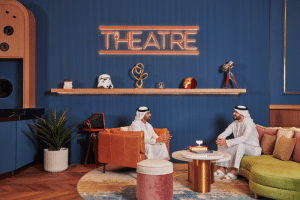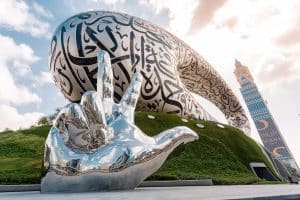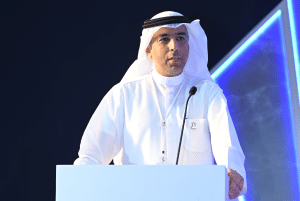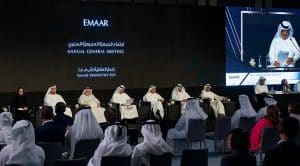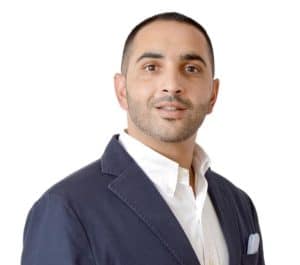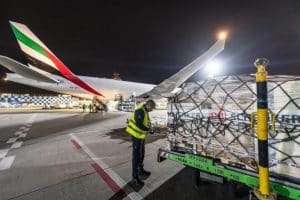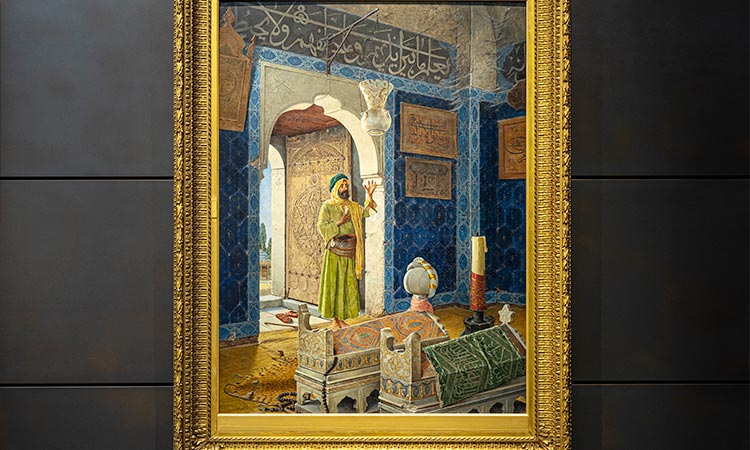
While travel to Paris and other cultural centres may be difficult this winter, masterpieces of the Musée d’Orsay and the Bibliothèque nationale de France — both lending museums from the France Muséums network – have arrived at Louvre Abu Dhabi, providing cultural warmth in the cold days of the pandemic. Joining them are Charing Cross Bridge by Claude Monet, on loan from a UAE private collection. Newly unveiled acquisitions and loans, many on view for the first time in the region, offer new experiences to attract both first-time and returning visitors to the museum.
Louvre Abu Dhabi’s new acquisitions include:
• Female figure praying (Iraq, 2800 – 2550 BCE)• Kneeling figure (Ancient Egypt, 400 – 300 BCE)
• Standing Jina figure (Tamil Nadu, India, 1000 – 1100)
• Feline-shaped Incense Burner (Eastern Iran or Central Asia, 1000 – 1100)
Each of them add to the theme of varied religious beliefs, practices, and rituals across time and geography, their similarities and differences. Female figure praying is particularly unique, as statues of worshippers from this time were nearly always male. Likewise, Feline-shaped Incense Burner tells us that the feline form had many meanings across cultures that we are only now beginning to interpret. The loans from Musée d’Orsay include some of the most iconic paintings from the Modern-Impressionist period, as well as photographs from the 19th century.
• Edgar Degas, The Bellelli family, France, 1858 – 1869
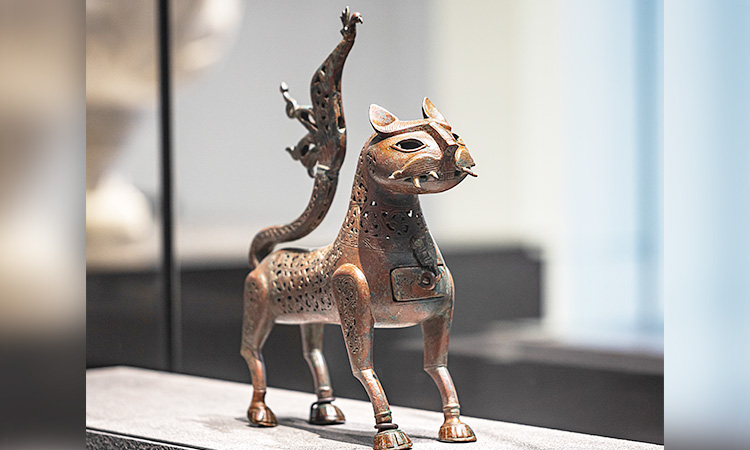
The 19th century was marked by radical societal changes as well as technical advancements. Through the new loans by the Musée d’Orsay, viewers will be able to follow the many ways in which the Industrial Revolution transformed the world forever, as captured in the paintings by Monet, Van Gogh, and their contemporaries. Claude Monet’s In the Norwegian and Haystacks, End of Summer highlight not only his ability to capture the light and atmosphere of a moment (mirroring our own current social media habits), but also show subtle changes in his brushstroke. Between 1890 and 1891, the artist embarked on a series of approximately 25 paintings with the haystacks as his sole subject. With them, plus the loan from a UAE private collection, Charing Cross Bridge, Louvre Abu Dhabi now offers visitors three notable artworks by Monet. All portray his scientific precision in capturing the effects of light on colour and visibility. In Charing Cross Bridge, he explores the atmospheric conditions created by the movement of light though the density of fog. Bey’s Old Man in front of Children’s Tombs is displayed next to Louvre Abu Dhabi’s renowned Young Emir Studying, by the same artist. Though the subjects could not be more different (one passive and languorous, the other full of emotion), both works have a common point — they have been created by a Turkish artist trained in France, who endeavoured to portray truth and precision, through delicate details.
Van Gogh’s Caravans, Gypsy Camp near Arles is now hanging next to Louvre Abu Dhabi’s own The Bohemian, by Édouard Manet. Van Gogh was struck by the light and the harsh landscape during his travels through the Camargue in the south of France, where many Romani pilgrims also passed through at that time. The adventure and excitement of leaving the studio, painting in nature, expressing emotions through colour and the encounters that resulted, are felt in both works. In parallel, this year’s selection of works on loan also includes a number of maps along with sacred and scientific texts from the Bibliothèque Nationale de France. Displayed in Louvre Abu Dhabi’s Universal Religions gallery, the sacred texts are foundational to the three Abrahamic religions — Judaism, Christianity and Islam.
In this rotation, they are displayed alongside a Hindu horoscope. The sacred texts are:
• Quran (Egypt, 800-1400)
• Pentateuch in Hebrew copied by Abraham ben Jacob (France, dated 1303)
• Collection of texts in Syriac: acts of the Apostles, general epistles and Epistles of Paul (Syria, 1398)
• Janmapatra, horoscope with personification of the planets (Gujarat, North India, 1700-1800)
Other artworks on loan displayed in the museum’s earlier gallery chapters include:
• Jeong-ri-ui-gwe, construction and inauguration of Suwon Fortress (Korea, 1796)
• Rawzat al-safa, Timur and his companions determine the fate of Amir Husayn by Mir Khwand (Iran, 1601 – 1604)
• Map of the different lands and states of America by Denis Gobert Chambon (France, 1754)
• Navigation Chart (portolan) of the Indian Ocean by Johannes Blaeu (Netherlands, 1665)
The new displays in Louvre Abu Dhabi’s permanent galleries coincided with the third anniversary of the museum, which also included the premiere of the museum’s first short film, The Pulse of Time, and a three-day symposium, Reframing Museums (Nov. 16-18, 2020), which brought industry leaders together to discuss the future of art museums in the current global context.
• Pierre-Auguste Renoir, Railway Bridge in Chatou, France, 1881
• Claude Monet, In the Norwegian, France, circa 1887
• Vincent Van Gogh, Caravans, Gypsy Camp near Arles, France, 1888
• Claude Monet, Haystacks, End of Summer, France, 1891
• Osman Hamdi Bey, Old Man in front of Children’s Tombs, Turkey, 1903
• Eugène Louis Gillot, The Arrival of the “La Fayette” in New York, France, 1921
• Pierre Bonnard, Southern Landscape, France, 1928
• Félix Nadar, Alexandre Dumas father, writer, France, 1854 – 1860
• Eadweard Muybridge, Deer, running and jumping, United States, 1887
• G N Barnard, Rebel Works in front of Atlanta, Georgia, no. 1, United States, 1864

